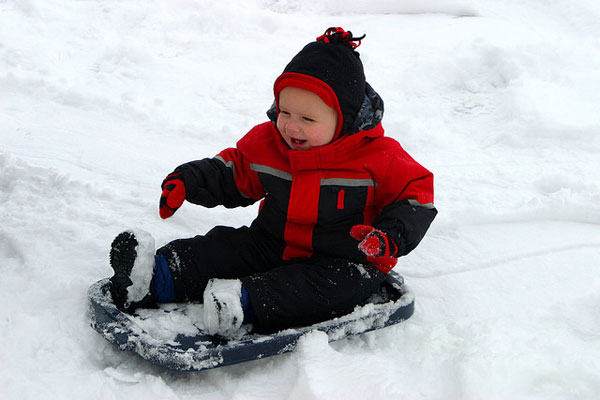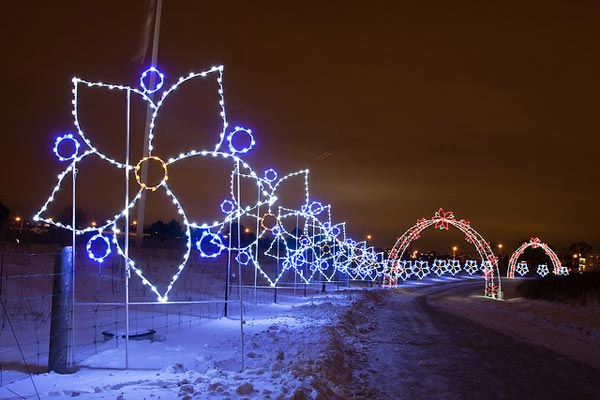Tips for Shooting Winter Scenes
Winter is the season when the snow covers the land in a blanket of white, turning ordinary surroundings into something more picturesque. During this time, people whip out their cameras and take a lot of photo opportunities. However, it is also a time of cold and sometimes freezing temperature, which adds to the challenge when taking pictures of winter scenes.
Here are some useful tips to remember when shooting winter scenes:
Make exposure adjustments – winter scenes are tricky to shoot because shots can easily be underexposed if the camera settings are not properly adjusted. The camera meter, which computes for the middle gray in the scene to balance exposure, will detect a lot of white areas instead and consider it a “wrong” exposure. It will then compensate by underexposing the shot. You could end up with lots of photos of dull gray winter scenes. To avoid this, try using your camera’s “snow” auto preset if it has one. You can also manually adjust the exposure settings if your camera has that capability.
Shoot lots of family photos – children have the most fun with snow as the world around them becomes a giant winter playground. Spend some quality time with your family while shooting loads of pictures of everyone having fun. The distant snow-covered trees and bushes can become a fantastic background while your children play in the snow. You can also go closer and capture great portrait shots that show their faces all aglow and grinning with joy.

Photo by chimothy27
Stay safe from danger – in your excitement to shoot the pretty and magical winter scenes off the beaten path, you might forget that the area where you are in may not be safe. Snow can hide sharp thorns, gnarled roots, holes, and jagged rocks which you might trip on. It would be best not to walk on unfamiliar ground.
Take advantage of holiday lights – wintertime is also Christmas time, and you will often see ornamental lights and décor brightening up your surroundings. These lights can be colorful and breathtaking against the winter scenery, and long exposure shots are usually the best way to capture their beauty.

Photo by Benson Kua
Protect your gear from the cold –condensation can occur with sudden changes in temperature. Avoid moisture from damaging your camera by letting it adjust to the temperature change before using it. Placing it in a camera bag will help insulate it while not in use. If you are hiking to shoot some nature winter scenes, sling your camera strap around your neck and do not carry a lot of equipment. If you trip and fall, not only will you stand the risk of getting injured, but your gear might also be damaged.
Capture the mood – winter scenes often give off a distinct mood or atmosphere, especially when there is the presence of snow and mist. Snow can make the scenery look stark, clean, or bleak while mist exudes mystery, melancholy, or suspense.

Photo by Space Ritual
Bring spare batteries – batteries drain faster in the cold weather. Be sure to have extra batteries in case the ones you are using drain out while you are in the middle of taking pictures.
Shoot everyday scenes – winter scenes do not necessarily have to be photos of landscapes. It can be ordinary activities that occur around you. The difference is that snow and the cold affects everyday life and people react to their presence. This can give you opportunities to capture shots of precious moments and interesting scenes.

Photo by pixietart




1. Wear the right clothes: It’s very important to wrap up warm when out shooting winter images. The winter season brings the toughest elements, so if you are planning to spend a few days out and about always be well prepared.
2. Watch the weather: It’s very important to know what the weather is going to be like. You don’t want to travel for a couple of hours and then hear a weather report that tells you that: the weather is wet for the next few days. During the winter months the weather can dramatically change in a matter of hours.
It’s always advisable to let someone know where you are going and which route you’re planning to take. If you do get injured or ever caught in a storm someone may be able to help.
Thanks for the excellent advice, Stephin!